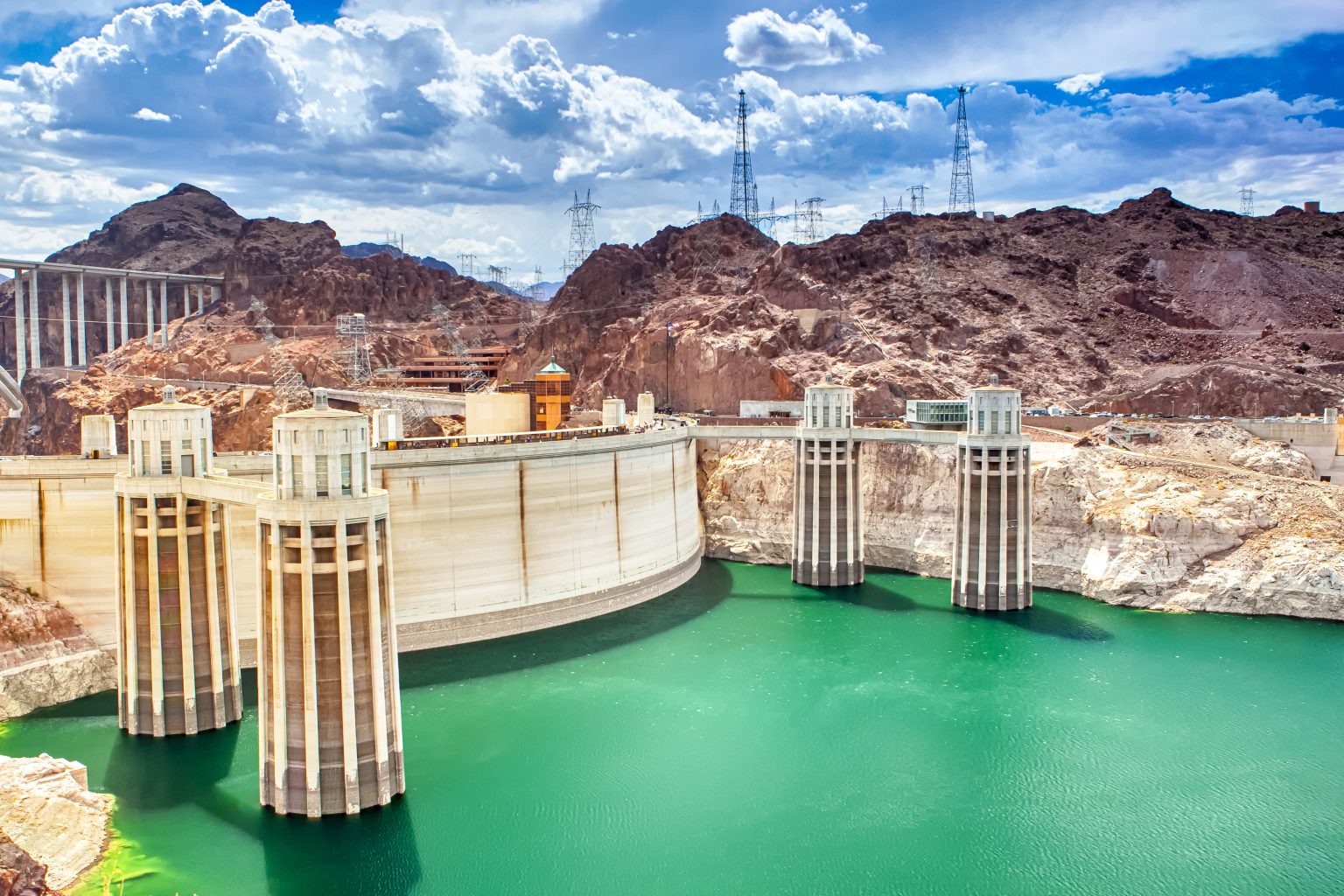The U.S. Bureau of Reclamation has announced its projections for the water levels of Lake Mead and Lake Powell in 2025. These two major reservoirs of the Colorado River are formed by the Hoover Dam and Glen Canyon Dam, respectively. Lake Mead has a full pool level of 1,229 feet and a dead pool level of 895 feet, while Lake Powell has a full pool of 3,700 feet and a dead pool of 3,370 feet. As of August 15, Lake Mead is at 1,062.05 feet above sea level, and Lake Powell is at 3,582.34 feet.
The projected water levels for January 1, 2025, show Lake Mead at 1,062.32 feet above sea level and Lake Powell at 3,574.08 feet above sea level. This is enough to keep the Colorado River in a Tier 1 water shortage for the upcoming year, which is the least severe shortage condition. If the water levels in these reservoirs drop significantly, they may reach a dead pool level, meaning they would no longer be able to provide water to agricultural areas, cities, and hydroelectric plants, affecting millions of people who rely on the Colorado River.
Under the Tier 1 water shortage conditions, certain adjustments will be made to water allocations in the Lower Colorado Basin states. Southern Nevada will see a 7 percent reduction in its standard allocation from the Colorado River, but Nevada rarely uses all its allocated amount due to water conservation efforts. California does not experience any reductions in Tier 1, while Arizona must cut its allocation by 18 percent. Water conservation efforts and infrastructure improvements are expected to help address the challenges posed by the water shortages in the region.
More severe water shortage tiers, such as Tiers 2a, 2b, and 3, will be implemented if the water levels in Lakes Mead and Powell continue to drop. These tiers result in larger cuts to water allocations for Arizona and Nevada, while California does not experience reductions until Tier 3. The water conservation groups have expressed concerns that the projections for Tier 1 may overestimate the actual amount of water that will be in the reservoirs in the coming months. Some believe that additional severe shortages could occur with just one or two bad winters.
The Reclamation Commissioner has mentioned that significant improvements have been observed in the Colorado River system due to water savings from historic investments in conservation and infrastructure improvements. However, some experts warn that the region is still facing challenges with low reservoir levels, and more efforts are needed to address the ongoing drought conditions. It is essential for stakeholders to continue monitoring the water levels in Lakes Mead and Powell to ensure sustainable management of water resources in the region.


